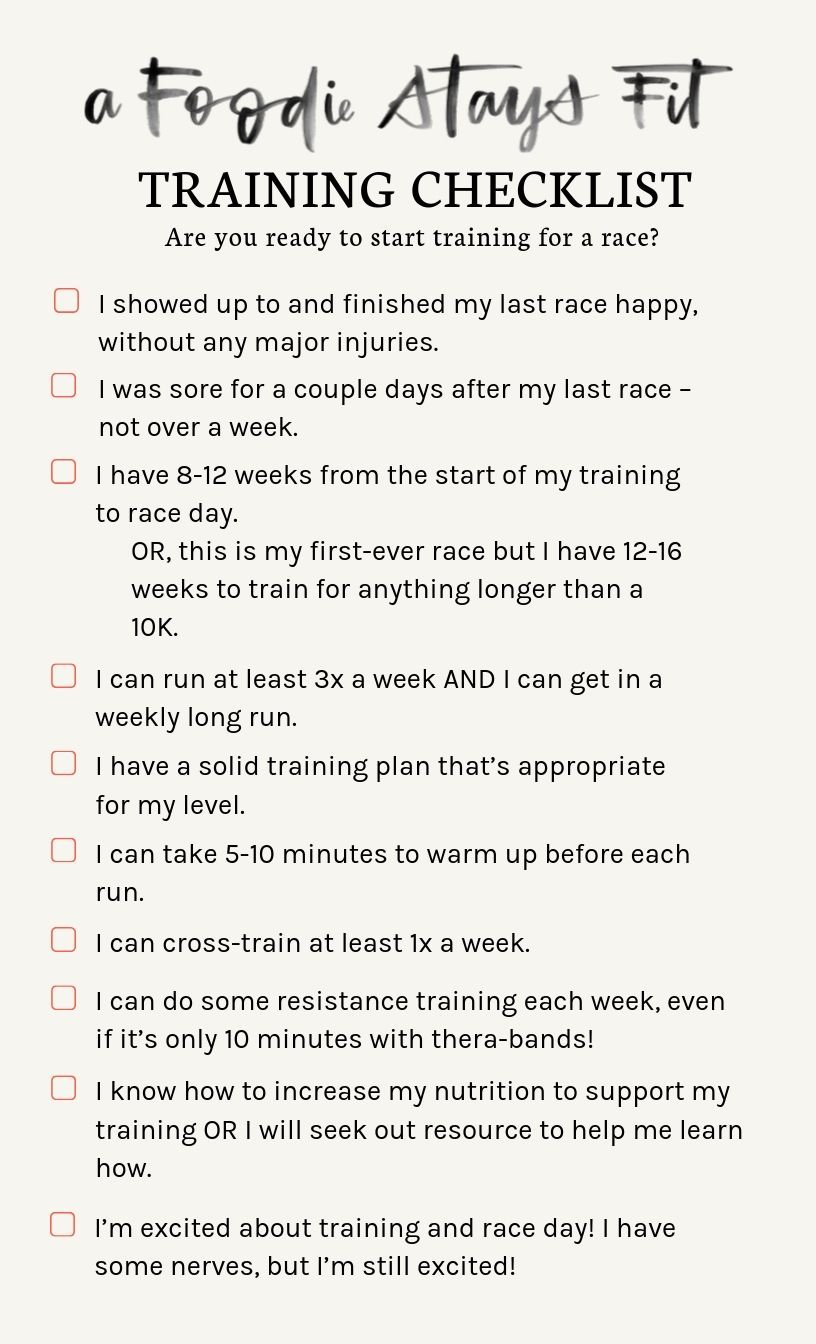


Fall is officially here and cooler temperatures are starting to tease us in the South. And it’s about this time every year that I start to think about training for a fall race. And I bet many of you are having those same thoughts, if you’re not already registered for a race.
Hopefully, you’ve been consistent with your running (even when it’s miserably hot). But, if not, there are a few things to remember before you sign up for a race and jump back into heavy training again.
I chatted with Dr. Jennifer Harvey, an orthopedic and sports medicine doctor with Novant Health, about the common complaints she sees with the runners she treats. And, more importantly, how to help prevent them so training goes the way you want it. And remember, the best way to have the best race is showing up the start line well trained and injury free.
Quick tip before we dive in: Dr. Harvey suggested signing up for the Novant Health Healthy Headlines monthly newsletter as a great place to get more helpful sports medicine tips and other health information.

Okay, let’s get running!
A good training plan will safely increase your mileage and endurance. I talked about how I rebuilt mileage after a dramatic decrease since the Boston Marathon in this post.
But, let’s say you’ve run a lot of 5Ks and you’re now eyeing a half marathon. Or, maybe you’ve run dozens of half marathons and you’re thinking about taking on the full marathon. How do you know if you’re ready to make the leap?
Think about the last race you ran. Did you feel good during training? Did you finish the race feeling happy? How sore were you afterwards?
Consistent training should take you to race day feeling prepared and excited (and a little nervous!). Race day will be uncomfortable but not miserable.
And it’s normal to be sore for a couple days post-race, but you shouldn’t be extremely sore for many days and definitely not a week.
If your training, race day and recovery went well, that’s a good sign you’re ready to make the leap to a longer race or try to beat your PR at the same distance.
Having a long enough lead time before race day is important. Don’t pick a race that’s 4 weeks away if you’re taking on a much bigger challenge, e.g. longer distance or faster time. Aim to have 8-16 weeks to train, depending on your fitness level and experience.
More advanced runners who’ve been running regularly can train with 8-12 weeks. If you’ve never run or don’t have any baseline fitness, you’ll want 12-16 weeks. And it’s not a bad idea to check in with a doctor before starting a training plan.
Just as important as the amount of time before your race is making sure you have the time during the week, every week, to train, leading up to that race.
Dr. Harvey shared that weekend warriors are especially prone to injury. “A lot of the injuries I see are when people focus only on the long run and not the rest of the workouts during the week. It’s the typical ‘weekend warrior’ mindset…they think, I’m pretty athletic in my sport (whether it’s soccer, Crossfit, whatever) so as long as I do my long run, I’ll be okay. And that’s not necessarily the case.”
You’ll need 3-4 days to run including your long run to train for a race. And some plans will have you running 5-6 days a week. If you can’t commit to sticking to your plan 80-90% of the time, you may need to change your goal.
When I trained for Boston and took 10 minutes off my PR and ran 3:17, I ran 6-7 days a week. Some days had two runs a day, and I also lifted 2x a week and did hip/core/ankle work 3-4x a week. That was a BIG time commitment every week and I gave up a lot of other things in life to accommodate it.
Okay, so you’ve decided your last race went pretty well, you have enough lead time and enough weekly time to jump into training. How do you prevent injuries so you show up to race day healthy?
There are three important but very often neglected things to help you avoid injuries during training.
Your training plan should guide you through this. If you don’t have a training plan, here’s how to pick one and my personal go-to’s. Here’s how I gradually increase my mileage if you’re looking to rebuild a base. In short, no huge jumps each week and make sure you plan for some weeks with decreased mileage.
Before you head out, do some dynamic stretches. Avoid static stretches before you run since your muscles aren’t warm and you may actually cause more damage. Some dynamic stretches I do before each run include:
Make sure you have at least one cross-training day a week. Read this post about the best kinds of cross-training and why it’s so important! Dr. Harvey’s recommendation? Swimming. “I wish everyone would take up swimming…but most people don’t listen to me.” Mark me down as guilty on that one.
Regularly strength train as well, while you’re running all the miles on your training plan.. Focus particularly on glute, abductor, core and posterior strength. “Almost all long-distance runners who come in complaining of knee pain are deficient in their abductor strength. It’s so much easier to stay on top of it from the beginning rather than waiting until you have pain.”
Just a few exercises a week will help a lot. Some of my go-to’s are:
Do 10-15 on each side.
The Oiselle Dirty Dozen is also great for hip and core work.
Dr. Harvey pointed out that it’s critical to increase your caloric intake, especially if you’re training for a full marathon or ultra marathon. “Runners are health conscious but they really need to ensure they get adequate nutrition to prevent stress and overuse injuries.”
You read that right – if you don’t fuel enough, you can get injured as a result. It’s not just the pounding on your body that can cause issues! Read this post about the importance of carbs, in particular.
You’ll also need to fuel prerun, mid-run and post-run. Here are some quick guidelines:
My running ebook goes into a lot more detail on fueling pre, mid and post run.
Alright, got all that? Here’s your evaluation checklist to think through. If you don’t check at least 7 of the 10 boxes, you may want to reconsider your goal race. It doesn’t mean you can’t race altogether, but perhaps opt for the half instead of the full. Or the 5K instead of a half marathon. That’s the beauty of most races having multiple race distances.
And, if you checked 7 or more boxes, get that fall race registration in! And let me know what you’re training for in the comments – I always love hearing about other races and putting it on my bucket list!

And don’t forget to sign up for the Novant Health Healthy Headlines monthly newsletter to get more sports med tips and other health information sent to you!
You may also like:
This post was sponsored by Novant Health. A big thank you to them for not only supporting my blog, but also supporting me and my readers in reaching our running goals and living long, healthy lives!


Leave a Comment
One response to “What to know before you sign up for your next race!”
One thing I didn’t see on the check list was something like “I can do all this and still get enough sleep.” I know for your last marathon you talked about not getting enough sleep, so I’m wondering how that fits into the equation. I think I’d put it on the list.